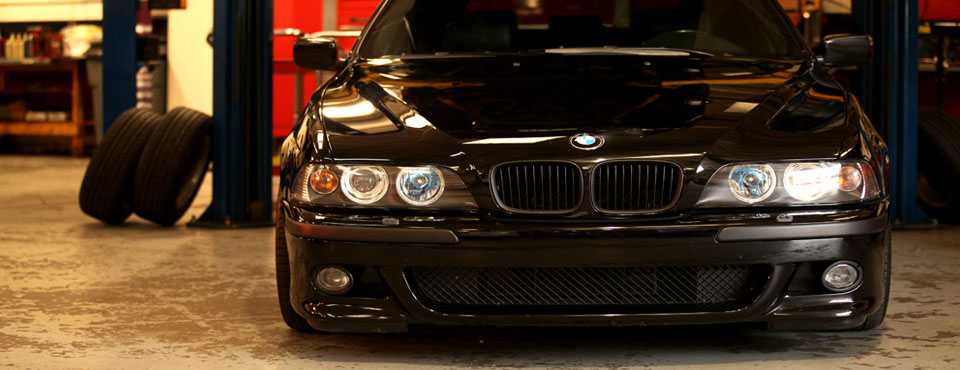All automotive manufacturers have their own maintenance procedures and schedules, which vary based on the brand of vehicle, types of drivetrain and engine construction, as well as the year model. Advances in metallurgy and the chemicals used in the fluids and lubricants drive many of the variations in maintenance. Due to these changes, refer to your owner’s manual or other factory service literature for your model- and year-specific procedures and fluids. In spite of these differences, though, there are general maintenance points and procedures that have more or less remained constant across the industry and the years.
Engine and Drivetrain Fluids
Your engine oil and transmission fluid are the primary concerns here, but there are a host of other fluids that are also critical to the drivetrain. Regularly check the level and condition of the power-steering fluid, brake fluid, engine coolant and hydraulic clutch fluid, where applicable. Inspect the rear differential fluid on rear-wheel-drive vehicles, as well as the front differential and transfer case on four-wheel-drive vehicles. Replace these fluids at the intervals specified by your owner’s manual.
Engine Wear Points
In addition to the fluids, there are mechanical components on the engine which will wear and fail over time. Among these are the air filter, PCV valve, breather element, drive belts, spark plugs and plug wires. Check all of these components regularly, and adjust them if needed and replace them when they display signs of excessive wear.
Chassis Maintenance
The body and frame of your vehicle has a number of crucial maintenance points. Chief among these are the tires and brake calipers, pads, shoes, rotors and drums. These are especially important for safe driving, and in many states are included in annual inspections. Regular tire rotations will maximize tread life. All of these components must be within their service wear limits and in good operational condition. If you have an older car, your undercarriage may have a number of grease points called Zerk fittings that you will need to grease occasionally. These Zerks will be mounted in points that allow relative motion of suspension components, such as ball joints and tie-rod ends, as well as in the U-joints in the driveshaft. Many newer vehicles do not have Zerk fittings, and require no grease service.
Service Intervals
General service intervals would have you changing the oil every three months or 3,000 miles on older vehicles, with a longer interval on newer vehicles. Using synthetic or semi-synthetic engine oil can also extend the interval beyond what would normally be appropriate if you were to use conventional oil. Many modern vehicles use an oil-life monitor to dictate the interval on your engine oil changes. Automatic transmissions generally need a drain and fill and filter change every 30,000 miles, but it is important that you do not allow the automatic transmission fluid to go more than around 100,000 miles without being changed, or you will cause significant damage when you do change the fluid. You never need a flush — just a drain and fill. If you let someone flush a transmission that is running very old fluid, it can destroy the transmission within the next few thousand miles. Check all of the other service and wear points whenever you perform a full oil and filter change.

Checklist for Car Maintenance
by
Tags:

Leave a Reply